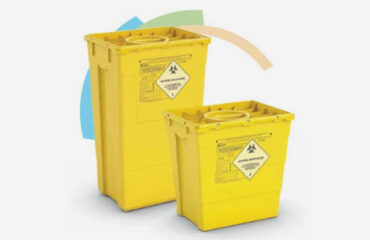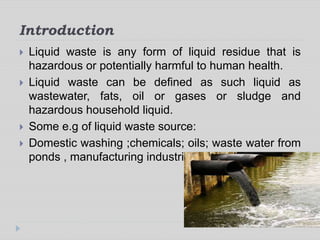An Unbiased View of Reclaim Waste
An Unbiased View of Reclaim Waste
Blog Article
Reclaim Waste Can Be Fun For Everyone
Table of ContentsReclaim Waste Fundamentals ExplainedThe Single Strategy To Use For Reclaim WasteThe Buzz on Reclaim WasteThe Reclaim Waste DiariesThe Ultimate Guide To Reclaim Waste
Domestic sewer waste refers to the waste and products from a residential septic tank. The appropriate management and disposal of residential sewage waste call for liquid waste to be moved to a sewage therapy plant where the appropriate methods and tools are applied to detoxify and dispose of waste.
Commercial waste often consists of potential hazards, such as combustible products or a blend of liquid and solid waste items, and needs an advanced and thorough disposal procedure. The disposal of commercial waste normally includes the filtration of waste before transport to make certain secure and appropriate disposal. Hazardous waste is created from by-products and drainage of commercial processes and production.
This type of waste can not make use of the same sewer administration transport or procedures as septic or commercial liquids. The hazardous waste management process needs the evaluation and screening of fluid waste prior to it goes through the disposal procedure (industrial wastewater treatment). Runoff waste is the fluid waste that originates from drainage and excess stormwater in extremely booming locations or cities
Runoff waste can cause contamination and flooding if not handled appropriately. Making sure appropriate waste monitoring can protect against calamities and minimize ecological damage.
The Ultimate Guide To Reclaim Waste
Get in touch with PROS Solutions today to discover our waste management and disposal solutions and the appropriate means to take care of the liquid waste you create.
(https://penzu.com/p/1f225eb6893bd9aa)Do you recognize what happens to your water when you disengage, purge the bathroom or drain the cleaning equipment? No? Well, it's worth knowing. This so-called 'wastewater' is not only a vital source however, after treatment, will certainly be launched to our land, rivers or the ocean. Made use of water from bathrooms, showers, baths, cooking area sinks, washings and commercial processes is called wastewater.

water used to cool down machinery or tidy plant and devices). Stormwater, a form of wastewater, is drainage that streams from farming and metropolitan areas such as roofings, parks, gardens, roadways, paths and gutters right into stormwater drains pipes, after rain. Stormwater streams without treatment straight to local creeks or rivers, at some point reaching the ocean.
How Reclaim Waste can Save You Time, Stress, and Money.
In Queensland, many wastewater is treated at sewage therapy plants. Wastewater is transferred from domestic or industrial sites with a system of drains and pump terminals, called sewerage reticulation, to a sewer treatment plant. Regional governments build, keep and operate most sewage therapy plants. Operators are accredited under the Environmental Management Act 1994 to discharge treated wastewater at an acceptable ecological requirement right into rivers.
The Division of Natural Resources advises city governments about handling, operating and preserving sewerage systems and treatment plants. In unsewered areas, local governments might require homeowners to install specific or house sewage treatment systems to treat linked here residential wastewater from toilets, kitchens, shower rooms and washings. The Department of Natural Resources authorizes using household systems when they are confirmed to be efficient.
The majority of stormwater gets no treatment. In some brand-new communities, therapy of some stormwater to remove clutter, sand and crushed rock has actually begun using gross contaminant traps. Wastewater therapy happens in 4 phases: Eliminates strong matter. Larger solids, such as plastics and various other items mistakenly released to drains, are removed when wastewater is travelled through screens.
Wastewater then flows right into big tanks where solids resolve and are eliminated as sludge. Grease and scum are skimmed from the surface. Utilizes little living organisms recognizes as micro-organisms to damage down and remove staying dissolved wastes and great particles. Micro-organisms and wastes are integrated in the sludge. Removes nitrogen and phosphorus nutrients that can trigger algal blossoms in our rivers and endanger marine life.
Not known Facts About Reclaim Waste
Nutrient removal is not available at all sewer treatment plants because it needs costly specialised equipment. Clear fluid effluent generated after therapy might still contain disease-causing micro-organisms - liquid waste removal.

The majority of wastewater moves right into the sewage system. Under the Act, regional governments provide approvals and permits for ecologically relevant activities (Ages) involving wastewater launches that might have a neighborhood effect.
The Basic Principles Of Reclaim Waste
Otherwise, samples are considered lab evaluation. Often lots of examinations are needed to develop the levels of each of the different contaminants such as oils, heavy steels and pesticides in water. Monitoring supplies factual info concerning water quality and can verify that permit conditions are being met. The info acquired via surveillance gives the basis for making water quality decisions.
Report this page